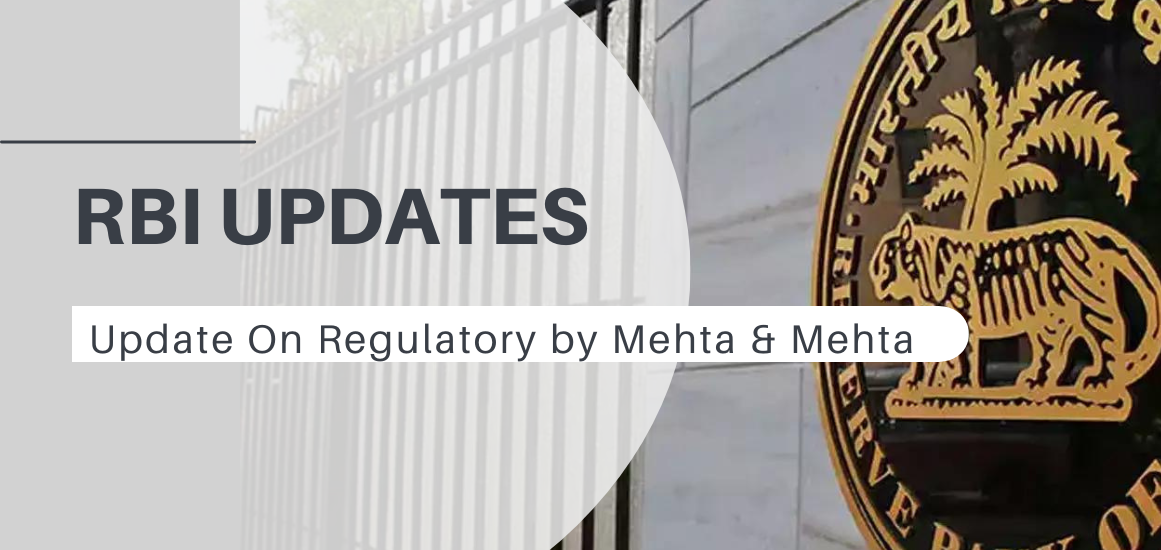



Reserve Bank of India vide its Circular dated 1st December, 2022 has provided for a tiered regulatory framework is required to balance the spirit of mutuality and co-operation more prevalent in banks of smaller sizes and those with limited area of operation in relation to the growth ambitions of the large-sized UCBs to spread their area of operation and undertake more complex business activities.
Further, it has been decided to adopt a four-tiered regulatory framework, as against the existing two-tiered framework, for categorization of UCBs. Moving ahead, this categorization may be used for differentiated regulatory prescriptions aimed at strengthening the financial soundness of the UCBs.
| Revised Regulatory Framework – Categorization of Urban Co-operative Banks (UCBs) for Regulatory Purposes The UCBs have been categorized into following four tiers for regulatory purposes:Tier 1 – All unit UCBs and salary earners’ UCBs (irrespective of deposit size), and all other UCBs having deposits up to ₹100 crore;Tier 2 – UCBs with deposits more than ₹100 crore and up to ₹1000 crore;Tier 3 – UCBs with deposits more than ₹1000 crore and up to ₹10,000 crore;Tier 4 – UCBs with deposits more than ₹10,000 crore.The deposits referred to above shall be Compute as per audited balance sheet as on 31st March of the immediate preceding financial year.If a UCB transits to a higher Tier on account of increase in deposits in any year, it may be provided a glide path of upto a maximum of three years, to comply with higher regulatory requirements, if any, of the transited higher Tier.The list of instructions/ circulars as mentioned in the Annex of the given circular will stand repealed on the issue of this Circular. |
This Circular is applicable to all Primary (Urban) Co-operative Banks and shall come into immediate effect.